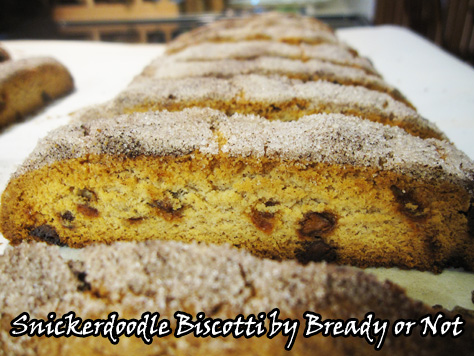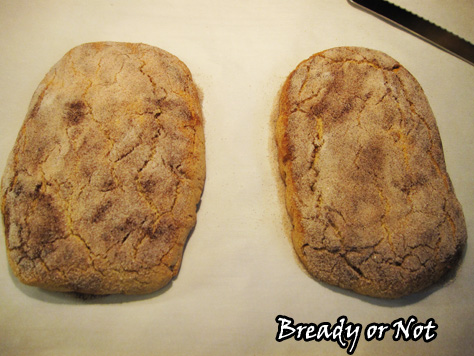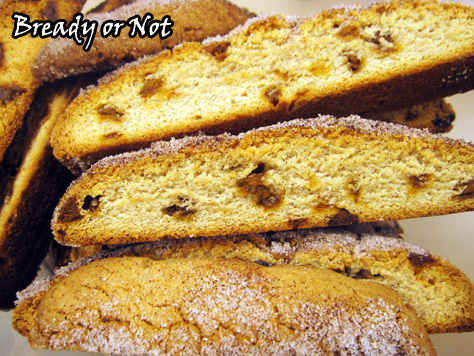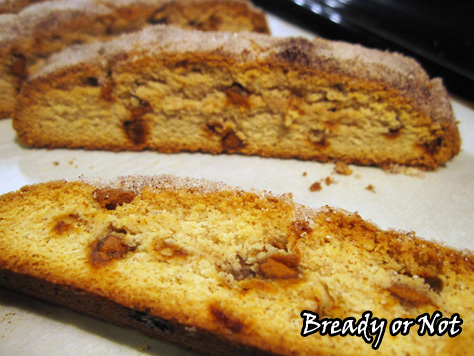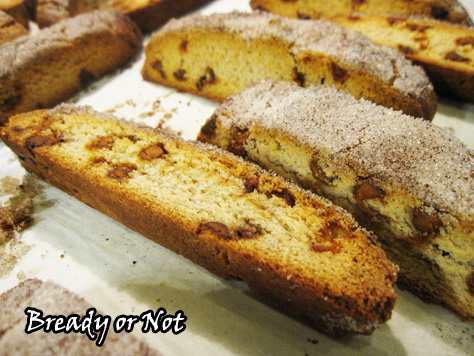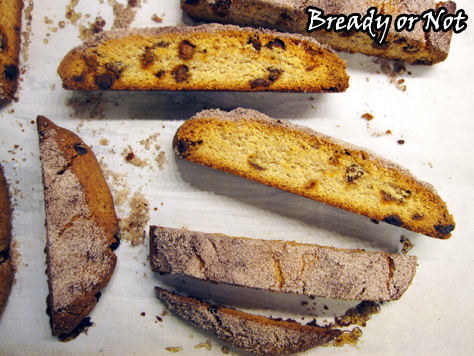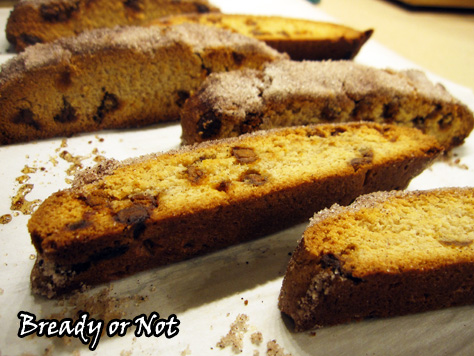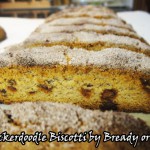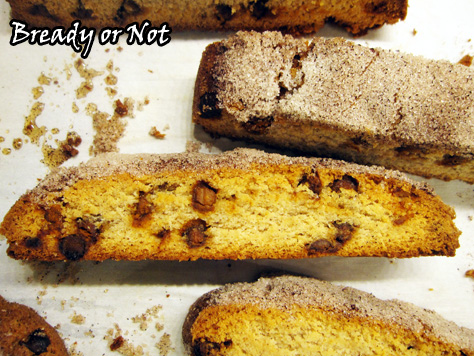Sunday Quote braces for June
Read More“People without hope not only don’t write novels, but what is more to the point, they don’t read them.”
~ Flannery O’Connor
“Etymology Is Important,” She Ejaculated
I’m going to start off by telling a story from when I was 13 or 14 years old. I was with my mom and grandma in the car as we drove through the Central California countryside after a Sunday visit to my uncle’s church. As is often the case, then and now, I was reading a new book.
“Mom,” I asked, “What does ‘ejaculate’ mean?”
My Mom and Grandma shared a look in the front seat. “Beth, what are you reading?” There was a strange strain to her voice.
“This book called The Little White Horse by Elizabeth Goudge.” I held up the cover so she could see it in the mirror.
Mom and Grandma glanced at each other again. “Read the line to me,” Mom asked.
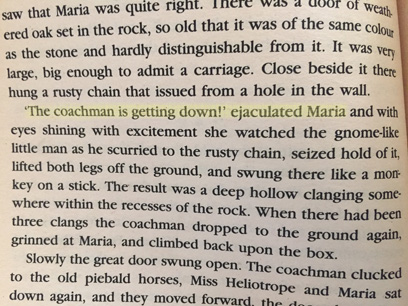 “‘The coachman is getting down,’ ejaculated Maria.'”
“‘The coachman is getting down,’ ejaculated Maria.'”
Mom and Grandma both belted out nervous laughs. “Oh. Is it an old book?” she asked. I confirmed that it was a reprint of an old book, and I was informed I’d be told about other definitions for the word once we arrived home.
Yeah, that was a fun conversation. I was both mortified and amused. I had given them quite a fright with my choice of reading material on the way home from church! (I do recommend The Little White Horse–it’s a lovely gothic middle grade book, and apparently has gained new attention in recent years as it’s one of J.K. Rowling’s childhood favorites.)
Etymology is the history of a word, the how, when, and where of its use. I write historical fiction novels, and I find myself very aware of the words I choose. I cannot be 100% accurate to period, nor do I want to be. I will not have my characters ejaculate their speech, no matter how appropriate that word usage may have been in their time!
It’s all about balance. I want my books to be as easy to read as other current books–with contemporary concepts of paragraph size, dialogue tags, etcetera–while still keeping readers in a distant world.
I frequently check word etymologies as I write and revise. My usual go-to is the Online Etymology Dictionary; if that site doesn’t list the word, I usually resort to a Google search of “etymology [word].
There is also the dilemma of a word seeming contemporary, even though it’s not. This is referred to as “The Tiffany Problem”, named so because Tiffany is a legitimate medieval name but it looks too modern to readers of historical fiction and fantasy. For matters like that, it’s great to get feedback from other readers during early revision stages.
Sometimes, I consciously stay with an anachronistic word. For example, the word “kid” for “child” is a very recent development in the English language.
I also use the word “Reiki” to describe a form of magical healing, though Reiki as a modern practice didn’t start in Japan until the 1920s. On an additional note, my copyeditor for Breath of Earth suggested capitalizing Reiki–that’s what it said in their style guide–so I went with that in the final book. It gives it more gravitas in my 1906 setting.
Word choice does determine the tone. Within a sentence, a writer can establish the setting, time, and point of view. Be choosy. Be cautious. And be aware of what “ejaculate” means in various contexts.
Reposted from Novelocity.
Read More
Bready or Not: Snickerdoodle Biscotti
Brace yourself: I’ve been experimenting with biscotti, and this Snickerdoodle version is the first of several you’ll see this year!
Yes, these really do taste like Snickerdoodles, only in a crisper, more dunk-able form. I even added cream of tartar to the recipe, to amp up the Snickerdoodliness. (That should totally be a word.)
For years, I have said that I dislike biscotti. That’s because the only kind I ever tried came from the grocery store, and it was HARD. Like, “this could break my teeth,” hard. It didn’t help that I don’t drink coffee and therefore had nothing to dip the biscotti into to soften it.
Then the Great British Bake Off featured biscotti and my interest was piqued. The bakers made it look easy. Doable. And the fresh version was supposed to be crisp, not teeth-shatteringly hard.
I hunted down some recipes. I started baking. I discovered, once again, that the Great British Bake Off abounds in wisdom. Homemade biscotti is easy and tasty.
These Snickerdoodle Biscotti are fantastic for Snickerdoodle lovers. The cinnamon-sugar top makes these even look and smell like the cookie version, and the flavor….!
Oh yeah. Snickerdoodliness.
Because these are biscotti, they keep well for a few weeks, too. That makes these great to stash away or to even ship across distances.
And even if they go stale, I bet you they are still a million times better than the grocery store version.
Modified from Brown Eyed Baker.
Bready or Not: Snickerdoodle Biscotti
Ingredients
biscotti
- 2 3/4 cups all-purpose flour
- 1 1/2 teaspoons ground cinnamon
- 1 teaspoon baking powder
- 1/2 teaspoon cream of tartar
- 1/2 teaspoon salt
- 1/2 cup unsalted butter 1 stick, room temperature
- 1 cup white sugar
- 2 eggs room temperature
- 1 teaspoon vanilla extract
- 1/2 cup cinnamon chips
topping
- 1/4 cup white sugar
- 1 teaspoon ground cinnamon
Instructions
- Preheat oven to 375-degrees. Line a baking sheet with parchment paper; set aside.
- In a medium bowl, whisk together the dry ingredients: flour, cinnamon, baking powder, cream of tartar, and salt.
- In a large bowl, cream together the sugar and butter on medium speed until light and fluffy, 3 to 5 minutes. Scrape the sides of the bowl often. Add the eggs, one at a time, followed by the vanilla. Gradually add the dry ingredients, mixing just until a dough forms. Finally, mix in the cinnamon chips.
- Divide the dough in half on the prepared baking sheet. Form each into a log about 4 inches wide and 10 inches long; make sure there is space between the two logs, as they'll grow in the oven.
- Mix together the topping ingredients and sprinkle over both dough logs.
- Bake about 25 minutes, until the biscotti is lightly browned with small cracks forming across the top. Remove the baking sheet from the oven, but be sure to leave the oven on.
- Let the biscotti cool for 10 minutes. Use a large knife, such as a bread knife, to diagonally slice the logs 1/2-inch apart. Use a straight-down motion to cut; don't saw.
- Arrange the biscotti spaced out on the baking sheet. Stand them up if possible, or lay them on their sides. Bake for another 15-20 minutes, flipping them over halfway if necessary, to equally crisp both sides.
- Cool completely on the baking sheet. Store in an airtight container as long as a few weeks.
- OM NOM NOM!
Read More
Breath of Earth $1.99 Ebook Sale
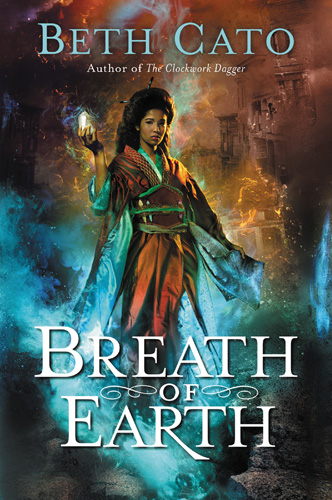 That’s right, Breath of Earth is on sale! Grab it for a mere $1.99 and read it and be ready for the release of Call of Fire on August 15th.
That’s right, Breath of Earth is on sale! Grab it for a mere $1.99 and read it and be ready for the release of Call of Fire on August 15th.
If you already own Breath of Earth as an ebook or in print… THANK YOU! If you want to give the ebook as a gift, that’s easy to do. Amazon offers detailed instructions.
#SFWAPro
Read More
Sunday Quote says life can be a meany-pants
Read More“Life’s under no obligation to give us what we expect.”
~ Margaret Mitchell




